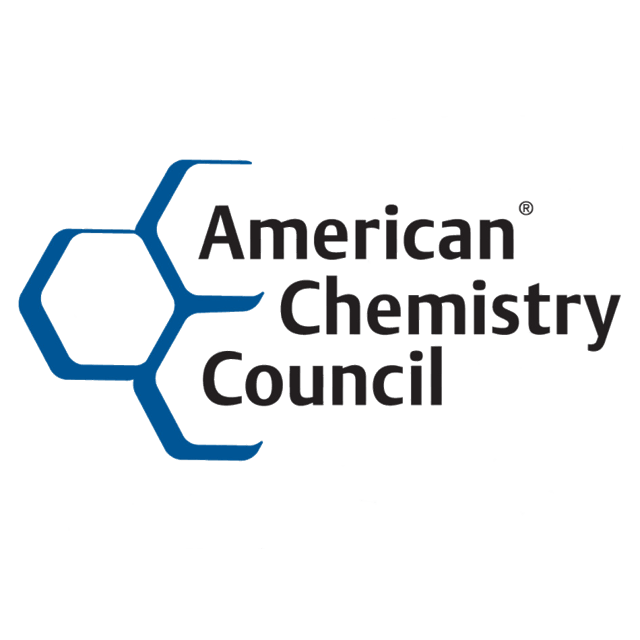ACC wants EPA to Correct Assumptions with IRIS Value for Ethylene Oxide
The American Chemistry Council (ACC) posted an article on January 13, 2020 to reiterate concerns about the Environmental Protection Agency's (EPA) assumptions with its Integrated Risk Information System (IRIS) value for ethylene oxide (EO) that was based on an August 22, 2018 update to the National Air Toxics Assessment (NATA). The ACC first notified EPA by letter on September 20, 2018 requesting correction and characterized the assessment as inconsistent with the weight of the scientific evidence.
In the September 20, 2018 Request for Correction letter, ACC told EPA that the 2014 update to NATA does not meet the Information Quality Act (IQA) of 2000 data quality requirements. Specifically, ACC states that the 2014 NATA relies on the "Evaluation of the Inhalation Carcinogenicity of Ethylene Oxide (CASRN 75-21-8) In Support of Summary Information on IRIS" to determine the risk value for EO and not the best available science. ACC said that EPA should not use the EO IRIS Assessment's inhalation unit risk estimate (URE) to calculate EO risk in Clean Air Act (CAA) Section 112 RTR rulemakings and other regulatory actions.
The ACC calls EO a versatile compound used in the making of countless everyday products from household cleaners and personal care items to fabrics and even in the sterilization of medical equipment. Companies that make and work with EO actively invest in research and product stewardship technologies to protect the health of our communities. ACC members go beyond the regulations to continuously improve industry safety, shipping, and handling practices.
Industrial EO emissions have fallen nationwide by over 80% since 2002 according to the 2014 National Emissions Inventory. In June of 2009, The Journal of Occupational and Environmental Medicine published a study that investigated the long-term mortality patterns of 2,063 workers with past exposure to EO (exposed between 1940 and the end of 1988 and observed through 2003). The study found no indications for excess cancer risks from EO exposures (See Study Abstract ).
The most recent ACC article was published to coincide with the Environmental Protection Agency's (EPA) public hearings for proposed rulemaking concerning the residual risk and technology review (RTR) for the National Emission Standards for Hazardous Air Pollutants (NESHAP) for the Miscellaneous Organic Chemical Manufacturing source category known as MON (the acronym "MON" is explained nowhere in literature). The proposed rule was published on December 17, 2019. The hearings were scheduled for January 14, 2020 in Houston, TX and January 16, 2020 in Washington, DC. The public comment period has been extended to February 18, 2020.
Links
American Chemistry Matters (Blog)
American Chemistry Council |Protecting the Health and Safety of the Public is a Top Priority for Ethylene Oxide Producers and Users | January 13, 2020
Letter to Information Quality Guidelines Staff, EPA - Request for Correction under the Information Quality Act
From: ACC To: EPA | September 20, 2018
Mortality Study Abstract
Journal of Occupational and Environmental Medicine / American College of Occupational and Environmental Medicine 51(6):714-23 • June 2009
NESHAP: Miscellaneous Organic Chemical Manufacturing Residual Risk and Technology Review
Proposed Rule |84 FR 69182 | December 17, 2019
(note: the proposed rule's original public comment period end date of January 31, 2020 has been extended to February 18, 2020)




